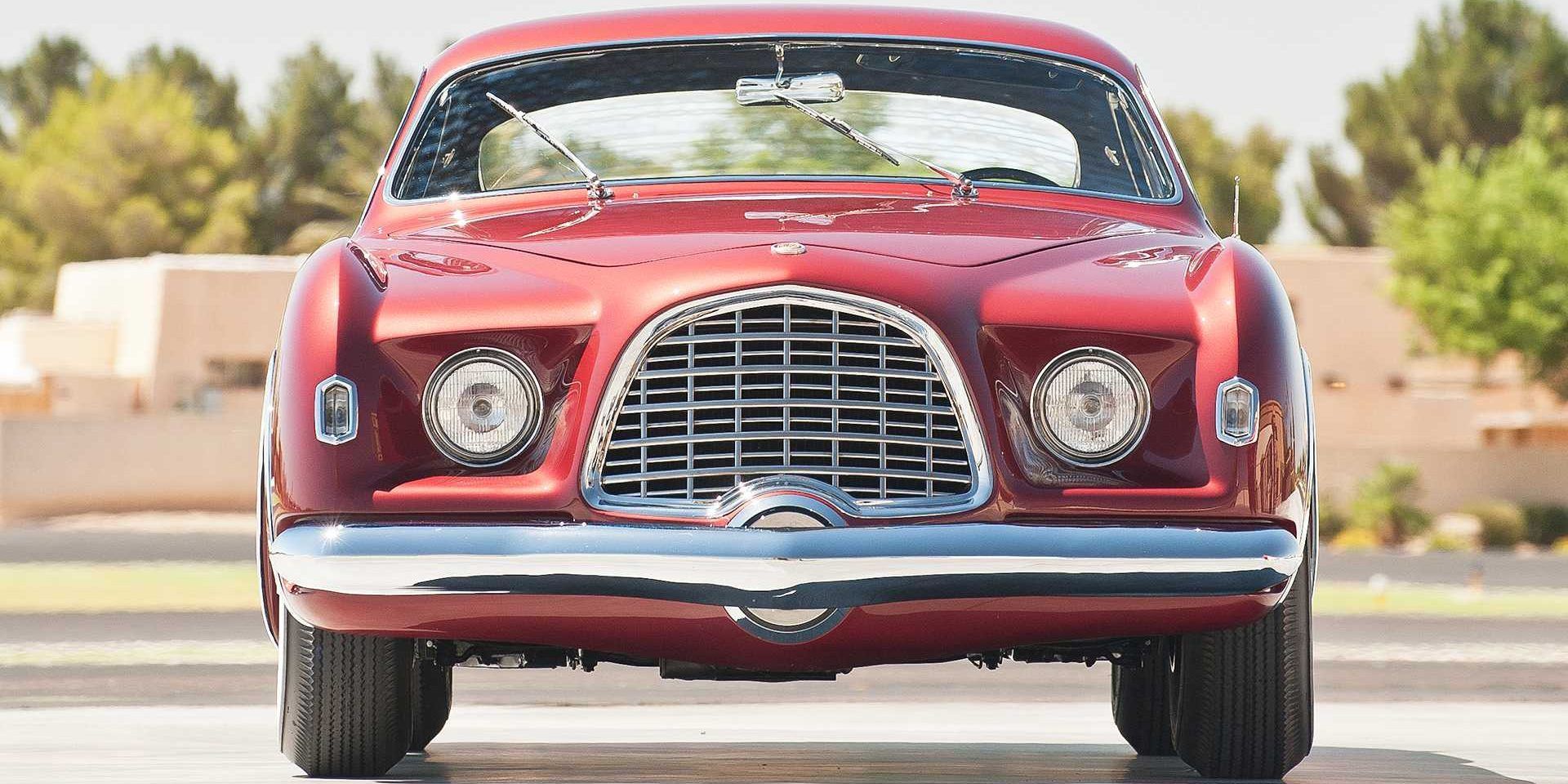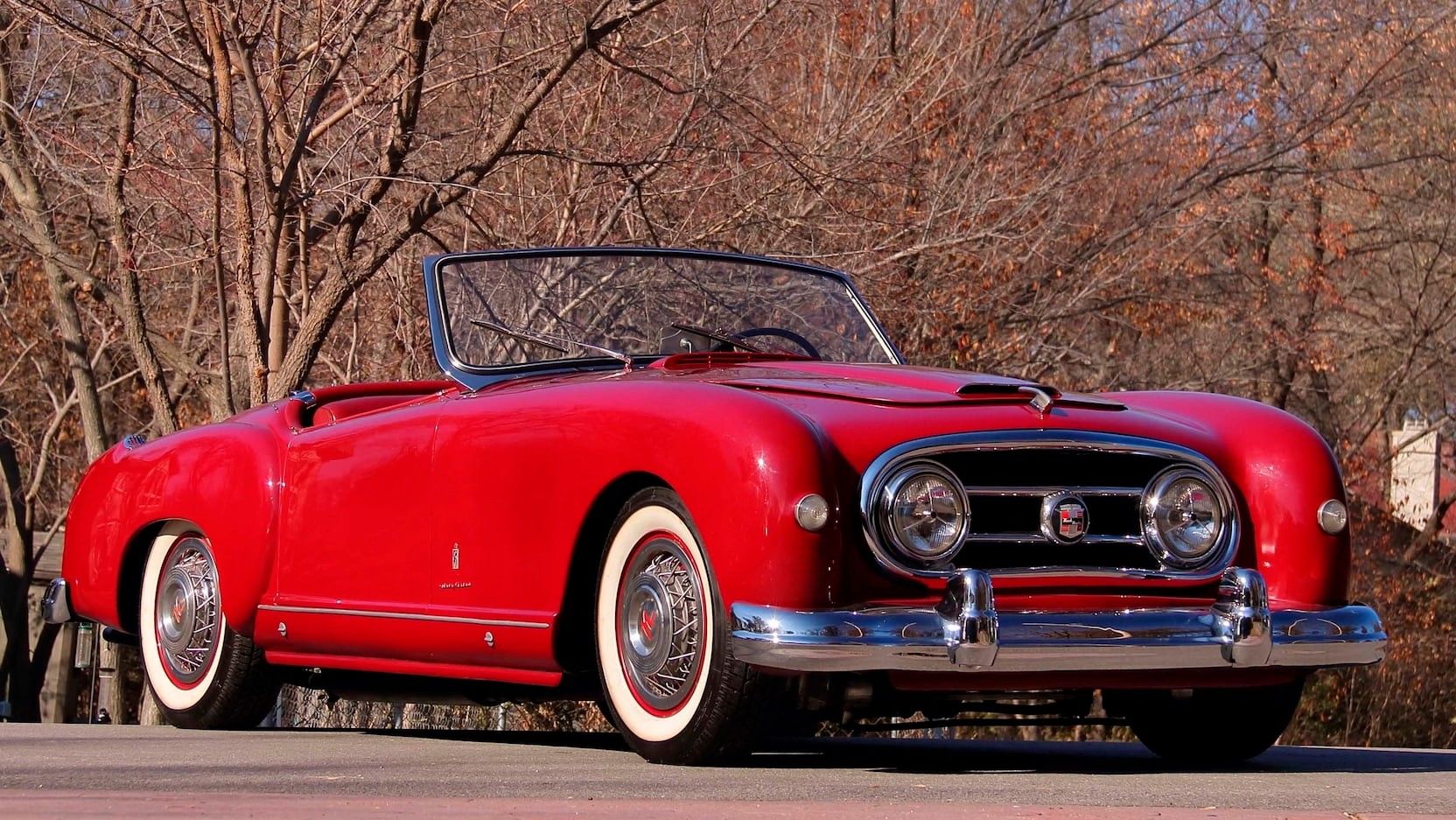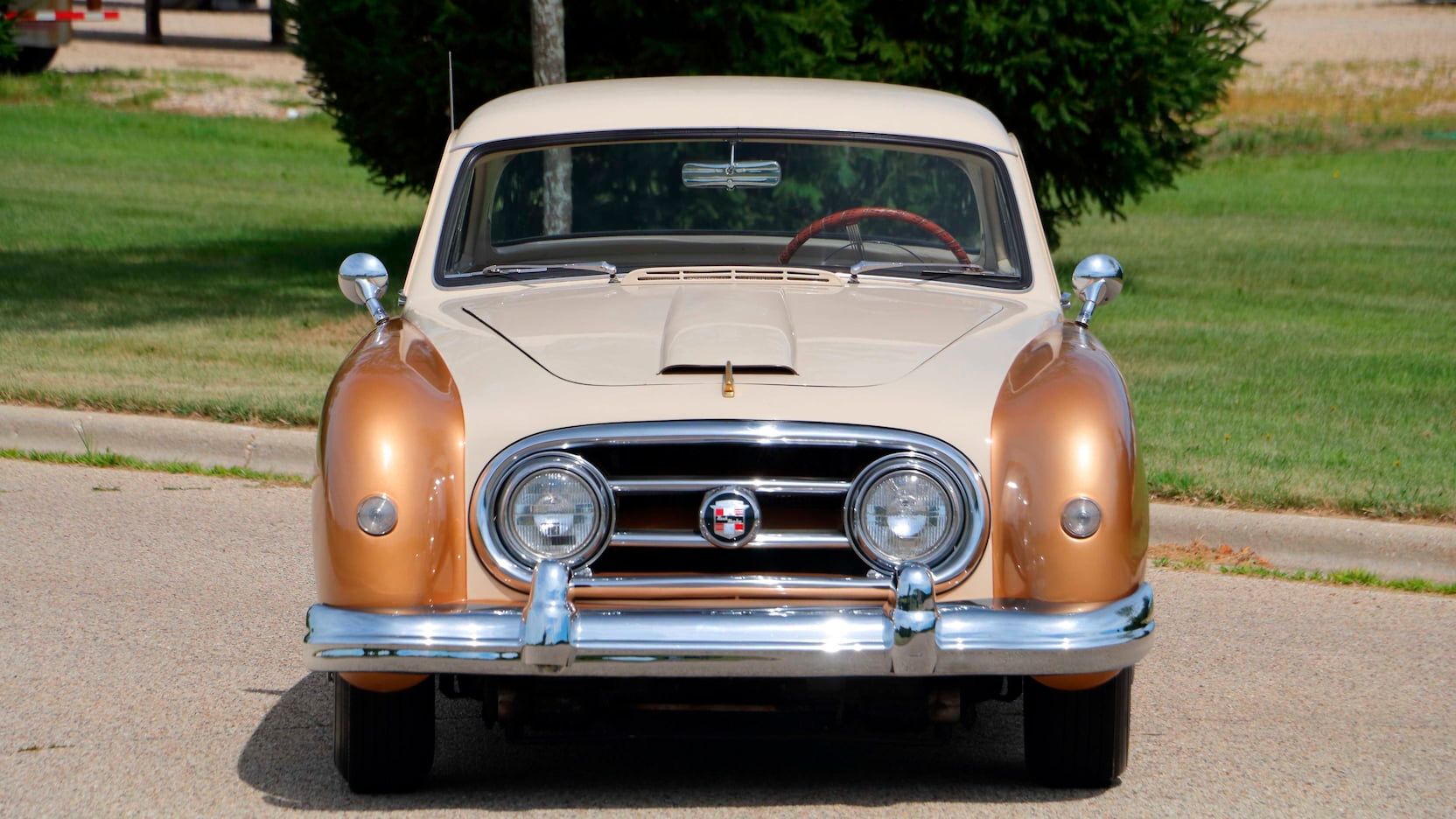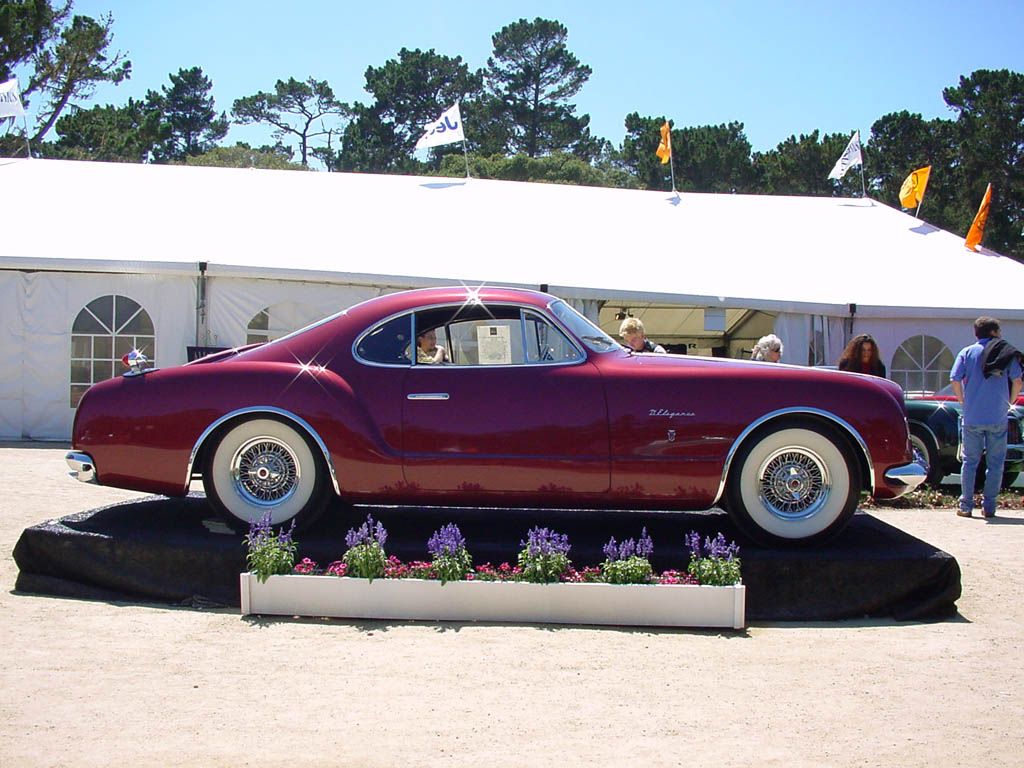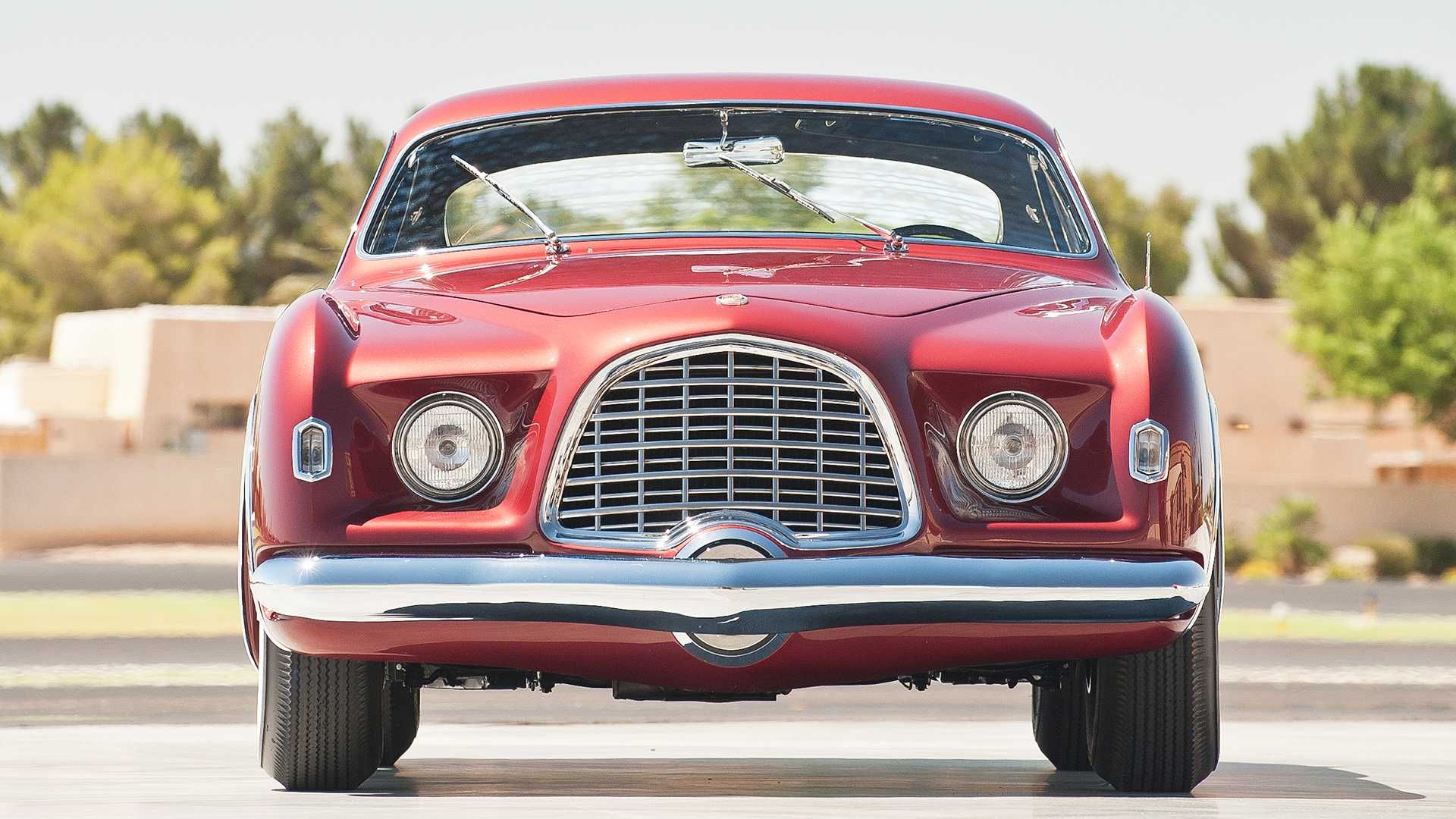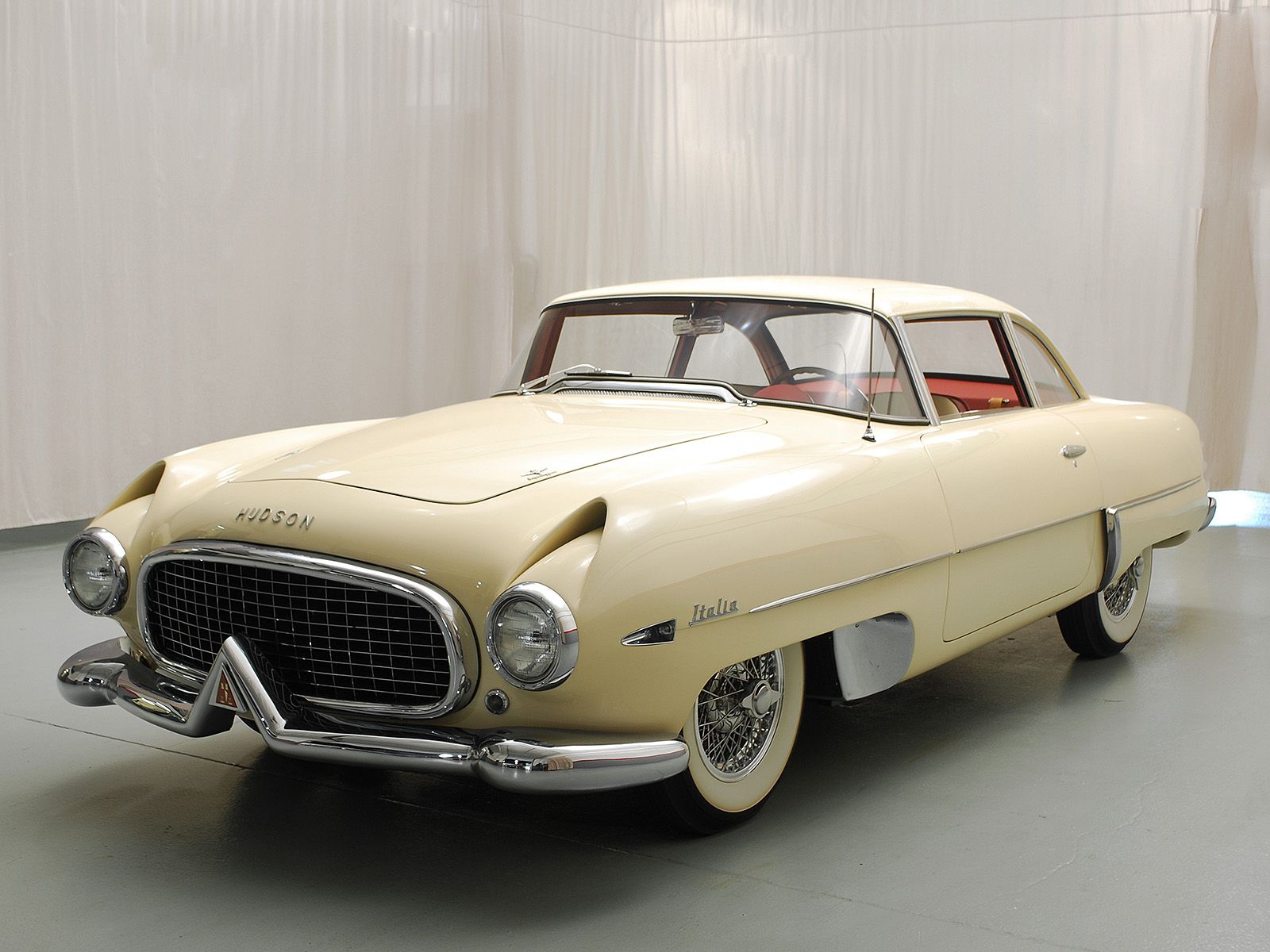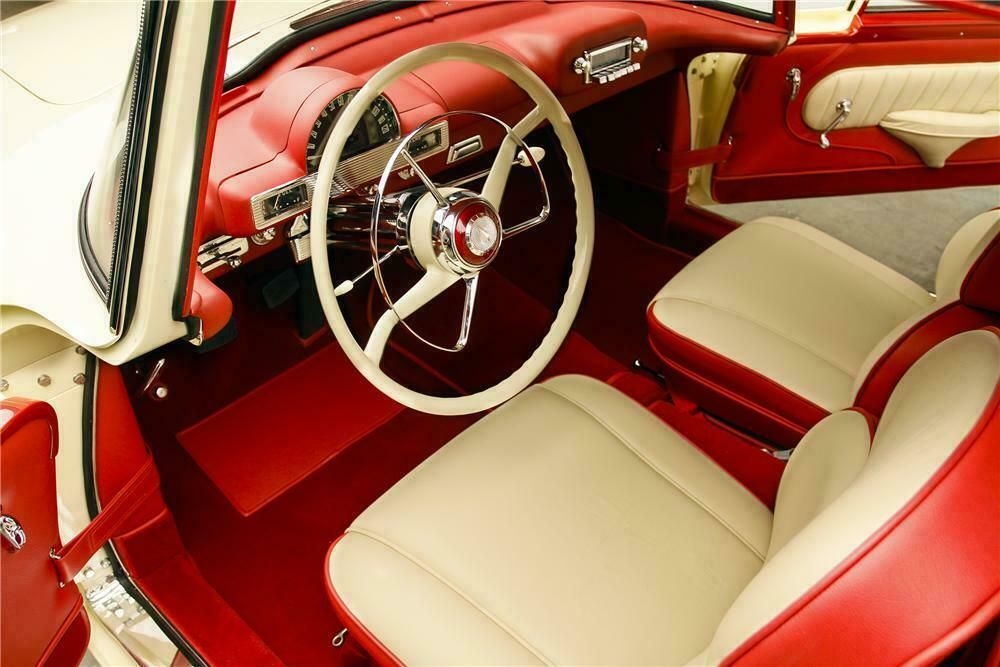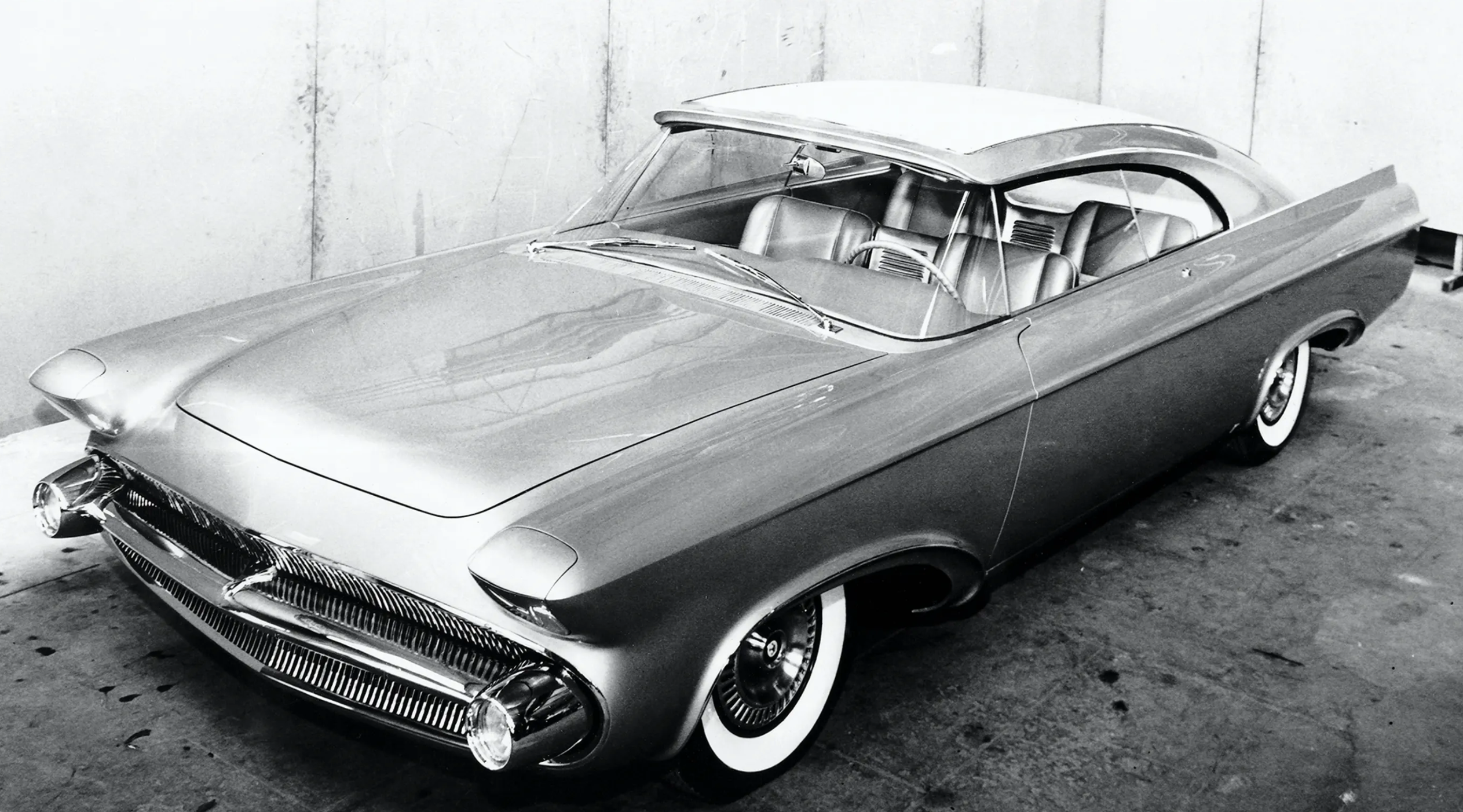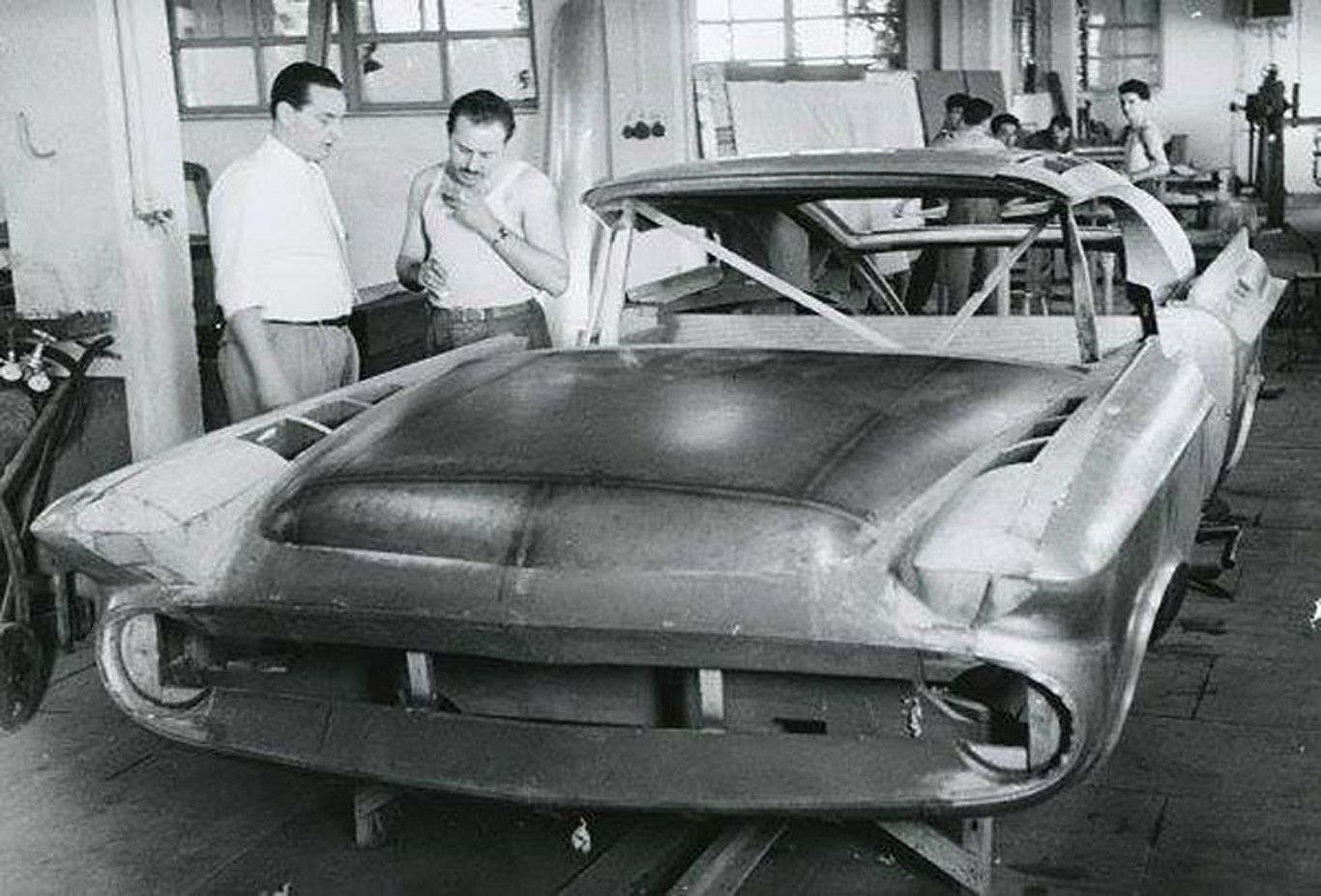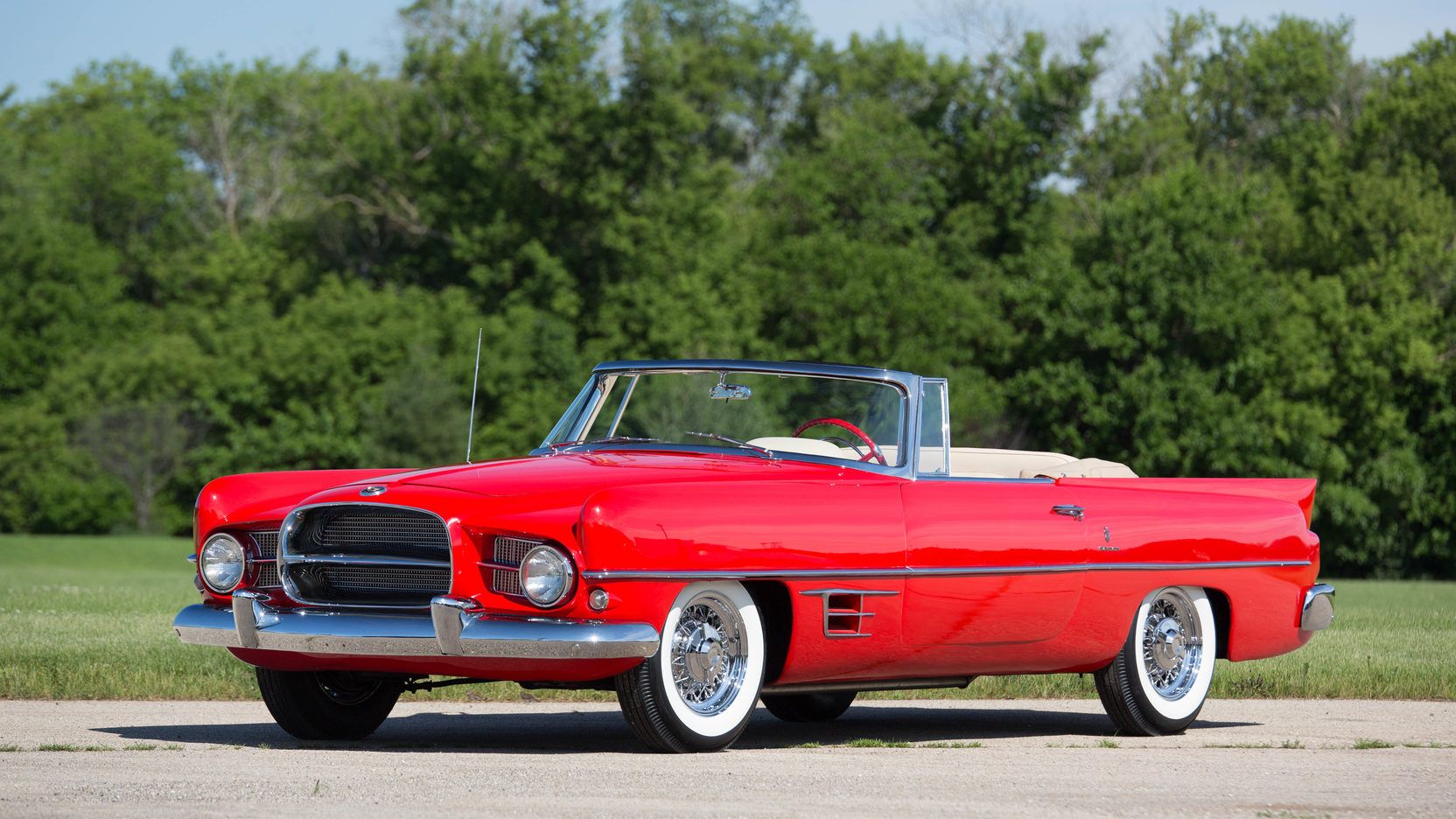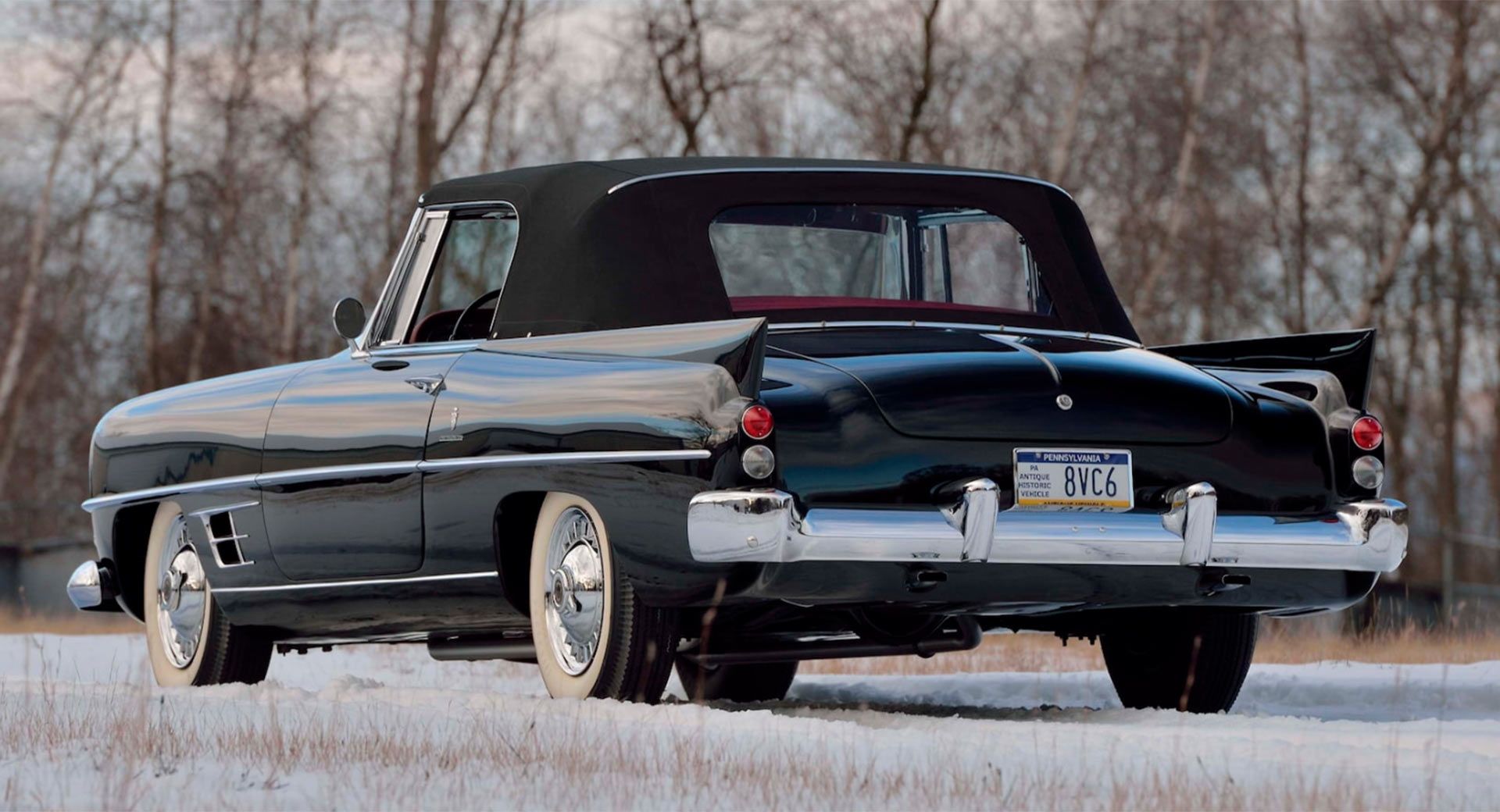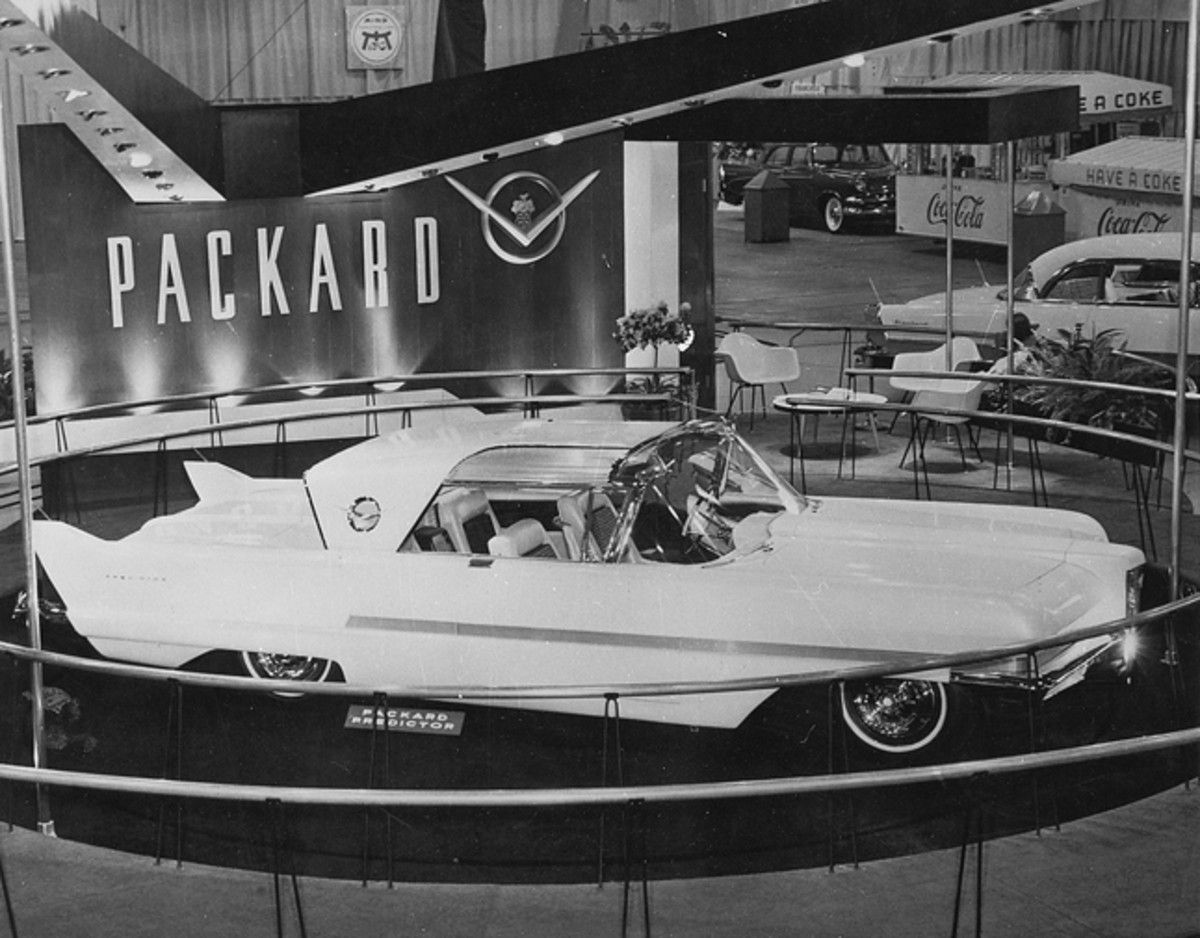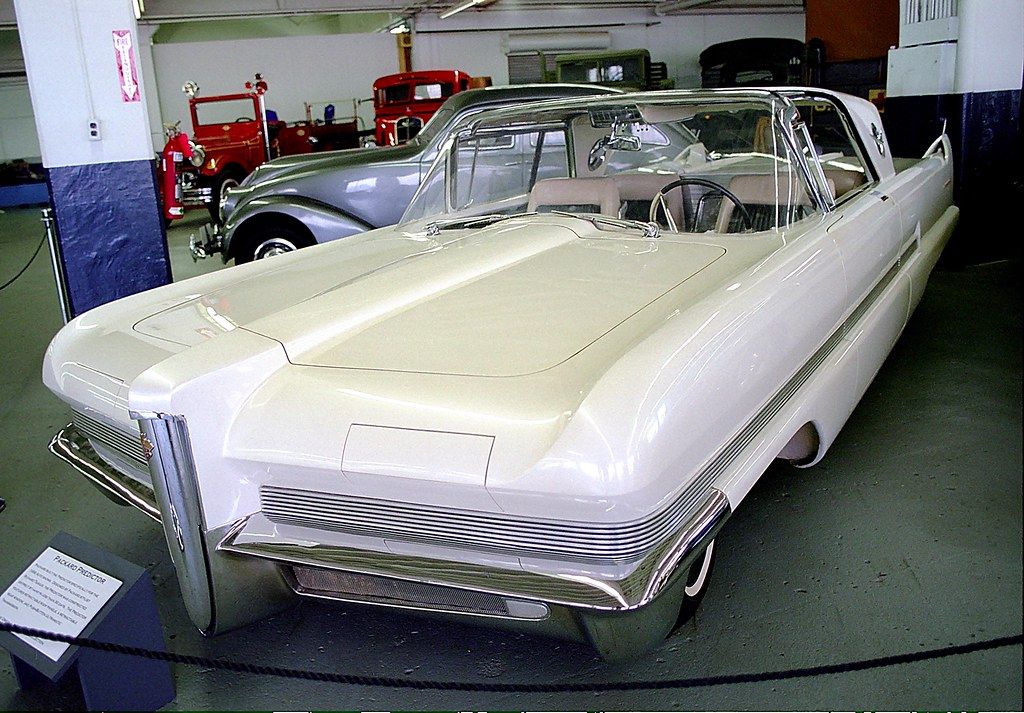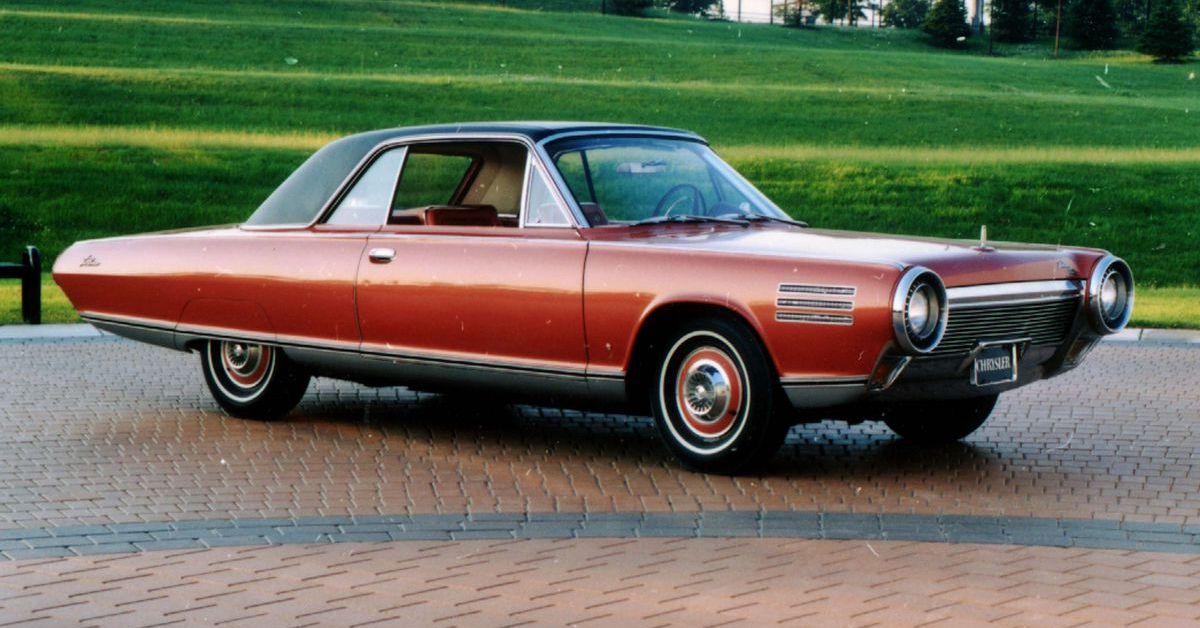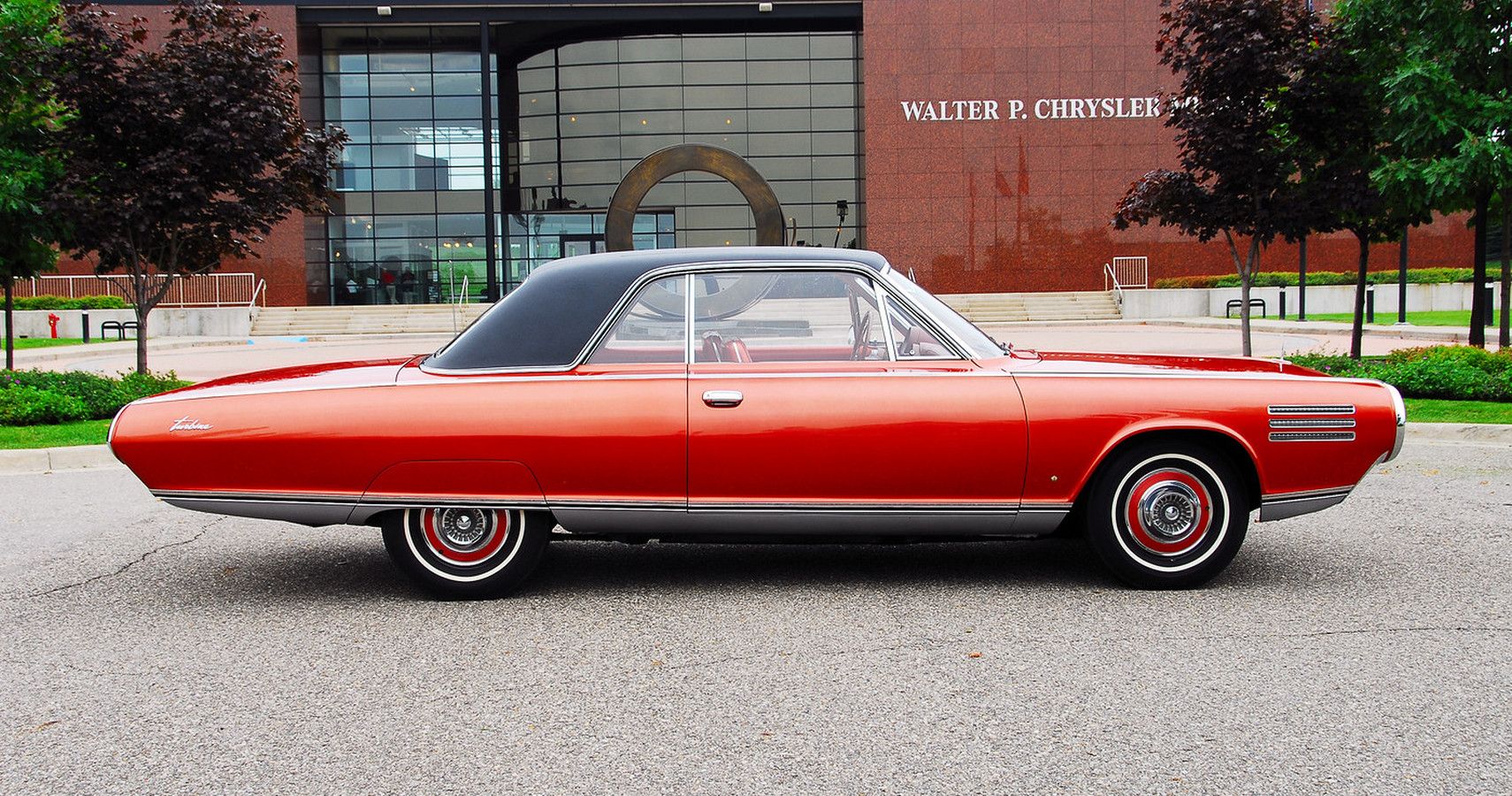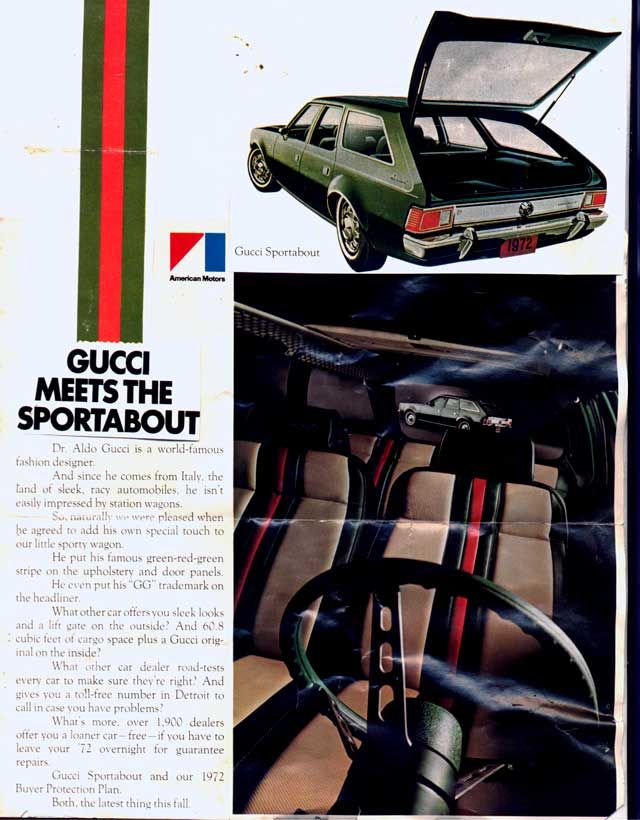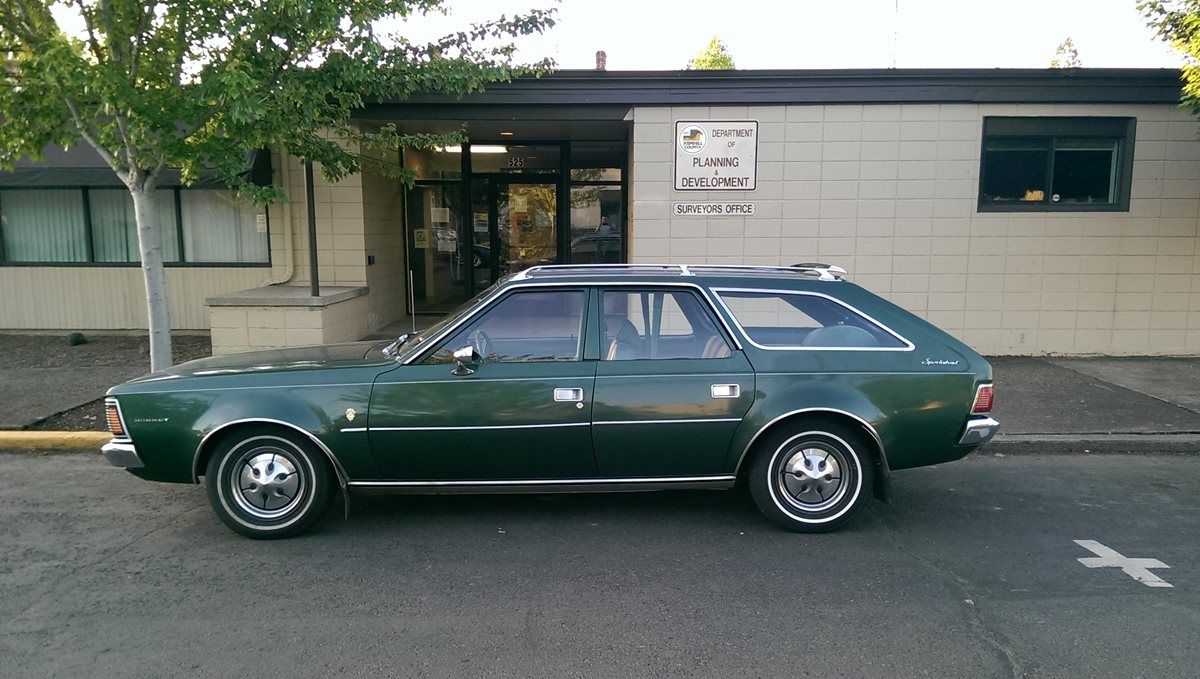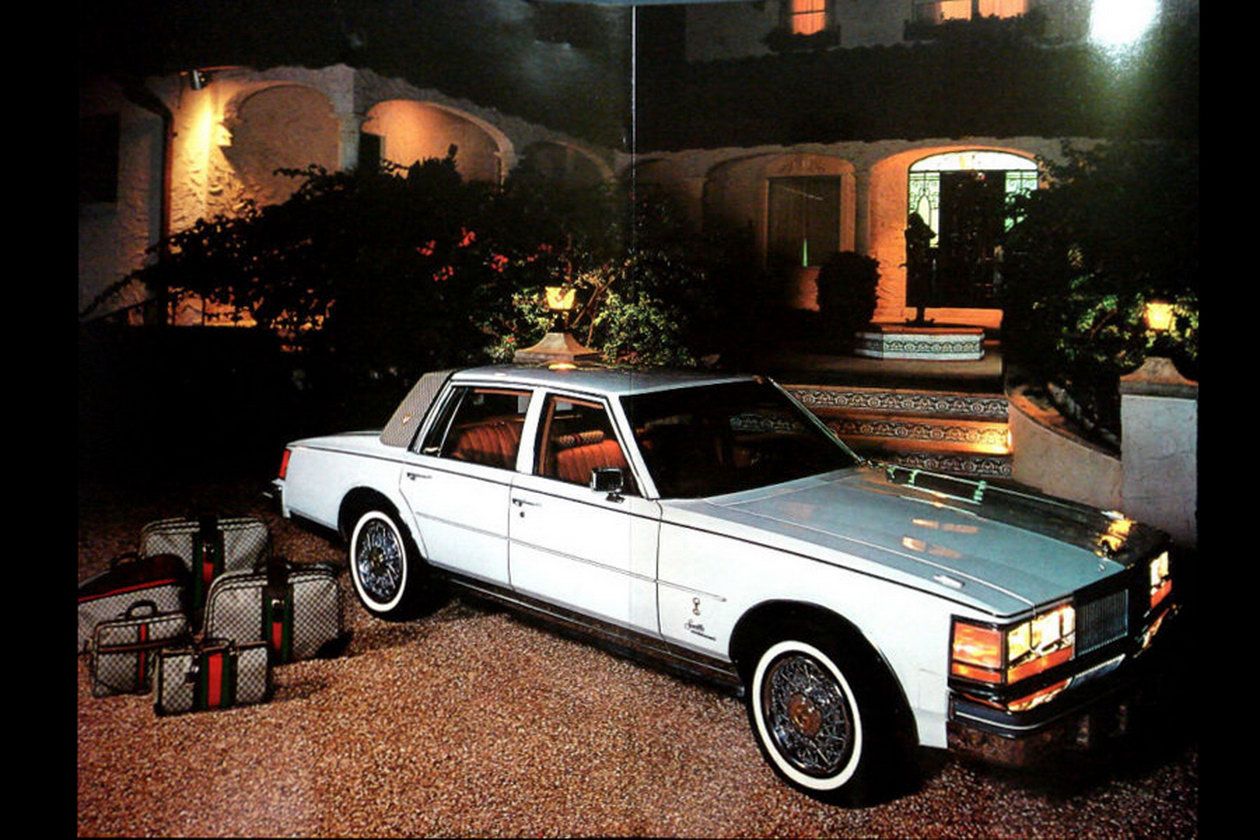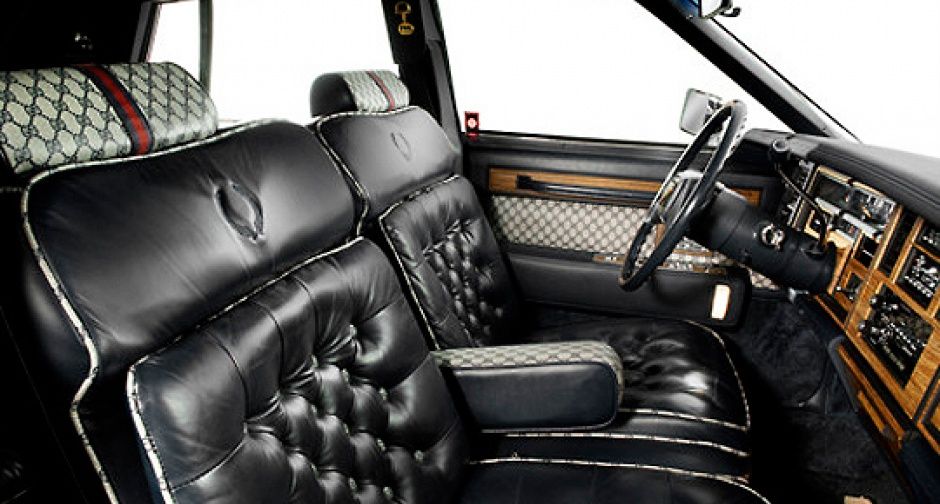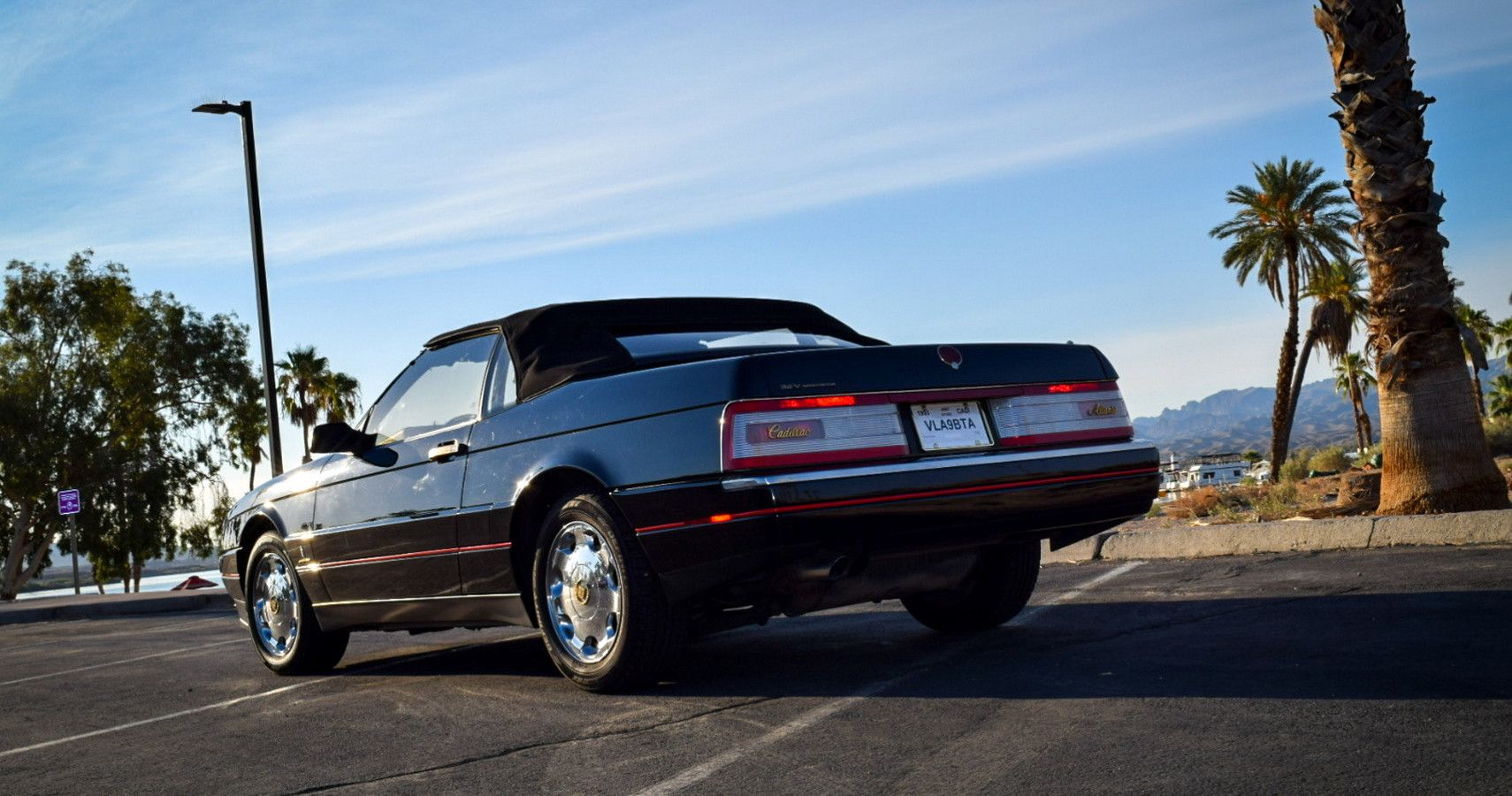While American manufacturers often like to keep design development in-house, historically, they have had an affinity for collaborating with Italian companies for special projects. For one-off hand-built concept cars that require thousands of hours of detailed body sculpting, coach-builders such as Carrozzeria Ghia and Carrozzeria Pininfarina remain unmatched for bringing design dreams to reality.
Simultaneously, fashion design houses such as Gucci are occasionally trusted with fabricating ultra-luxury interiors for special edition models. Successful or not, these collaborations made for some unusual and unforgettable pieces of automotive history.
10 1951-1954 Nash-Healey
In the late 1940s, personal sports roadsters saw a rise in popularity with the success of Crosley's Hotshot. Roadsters could provide an economical and fun second car for the average middle-class American family. By the early 1950s, most manufacturers had something similar in the pipeline. The Nash-Healey was quickly born when Nash president George Mason met Donald Healey aboard a trip on the RMS Queen Elizabeth. Talks promptly began to market Healey's limited production roadsters as Nash Products in North America.
In Turin, Italy, Pininfarina was contacted to smooth out the Roadsters lines and make it better resemble the Nash family of cars stateside. Nash drivetrains were shipped from Kenosha, Wisconsin to Healeys Warwick, England facilities to meet the specially built chassis. From there, the rolling chassis would be sent to Turin, Italy, for body fitment, before finally being shipped to the U.S. for final fit and finish. The heavy logistic Nash-Healey finally arrived at Nash dealerships with a hefty price tag of nearly $5,000. With a steep cost compared to the newly released Corvette, Nash went on to only sell 503 Healey's before Mason canceled the project following the creation of AMC.
9 1952 Chrysler D'Elegance
Before Chrysler handed the keys to the production car design studio over to Virgil Exner, he was tasked with designing a series of 'idea cars' to highlight Chrysler's design direction for the 1950s as well as provide a basis for future production car styling. Virgil Exner's favorite of the 'idea car' bunch was the 1952 D'Elegance constructed by Ghia. A stark gaping grille that consumers would later see on the 300 series followed soft streamline curves back to a set of freestanding taillights, a nod to Exner's love of prewar luxury cars.
Originally Chrysler intended to build a series of 25 cars to parade around various show circuits. However, with Exner pushing Chrysler to bring several more of his concepts to life, this never reached fruition. Despite this, the curves of the D'Elegance live on in another form, the Volkswagen Karmann-Ghia. With Chrysler's blessing, Ghia scaled-down and reworked the basic design to create the VW product. Chrysler had no reservations as their design path had already changed by the time Ghia approached them.
8 1954 Hudson Italia
Following great media success for Chrysler with their series of limited production and concept coupes, diminutive Hudson Motor Car Company was influenced to create their own concept coupe in the form of the Hudson Italia. The Italia needed to be a statement to the more prominent manufacturers that Hudson had a place at the table in the jet-age. The final design by in-house designer Frank Spring featured jet-age styling, a distinct inverted 'V' at the nose prominently displaying Hudson's triangular insignia, and an interior featuring bucket seats surrounding the driver. After adapting the design to utilize the existing Hudson Jet platform, a deal was struct with Carrozzeria Touring to start production of 50 cars with the option to produce more if dealers saw demand.
Shortly after production commenced and the car was available for order through Hudson dealers, dealers showed the dismal reality of demand. Only 18 orders trickled in through the first several months of production. Interest fell when consumers realized the car was utilizing Hudsons dated flathead-six and stubborn three-speed manual. Additionally, despite a price of nearly $5,000, Hudson was losing money on every single car built by the time it arrived at dealers. Hudson quickly pulled the plug with just 26 vehicles completed when Hudson merged with Nash to create AMC. Despite its limited production, many of its designs went on to influence later performance cars.
7 1956 Chrysler Norseman
Just as Chrysler entered its 'Forward Look' era renaissance the Chrysler Norseman was being completed at Ghia in Italy. The Exner designed show car was intended to showcase all of Chryslers engineering capability. A unique cantilever roof featured no 'a' or 'b' pillars just acres of frameless glass meeting up to a frameless windshield. Advanced strengthening at the rear that tied the roof in with the rest of the chassis would allow the car to travel without body flex as at completion the car was a fully functional driving vehicle intended to follow the design circuit. Retractable seat belts, electric actuating door latches, and a sliding glass sunroof, were among the cars many advanced features.
Chrysler did not want the press seeing the car before its official unveiling and kept the entire project under close wraps, allowing only a few photos to be transferred from Italy to corporate offices in Detroit before shipment. After completion in July 1956, the car was crated and loaded onto the S.S. Andrea Doria, set to arrive just in time for the 1957 show circuit. Unfortunately, on July 25th, 1956, the Andrea Doria collided with the M.S. Stockholm, 51 passengers were killed, and the Chrysler Norseman went down with the ship. Today, the remains of the ill-fated Norseman sit somewhere deep in the wreckage at the bottom of the North Atlantic.
6 1956 Dual-Ghia
The short-lived Dual-Ghia make evolved from the minute Dual-Motors Corporation based in Detroit. While finding success in building custom bodies for service industry vehicles, president and owner Eugene Casaroll decided to have a brief foray into the luxury car market. Working with Ghia designer Luigi Segre and drawing design cues from Exner Ghia concept cars, the Dual Ghia became a reality. The buying process for the Dual-Ghia was unique; Dual-Motors sought out prospective celebrity buyers and contacted them directly to offer them the opportunity to purchase one. The press could see names such as Frank Sinatra, Dean Martin, and even Desi Arnaz behind the wheel of the striking convertible.
Even at an MSRP of over $7,500, profit margins were thin on the Dual-Ghia. Dual Motors purchased Dodge Passenger car chassis complete with drivetrain and wiring harness and shipped to Turin where Ghia would fit the body. Employees did the final fit and finish at Dual-Motors facilities in Detroit. After a little over a year in production, the venture was not viable and was discontinued with 117 cars sold.
5 1956 Packard Predictor
By 1956 the jet age was in full swing, and every manufacturer was creating concept cars that were straight out of this world. The Packard Predictor was no exception, with pop-up headlights, a tall grille meant to evoke thoughts of pre-war Packards and an incredibly complex greenhouse. The Predictor drew crowds large admiring crowds and was met with grand media reception. Penned by legend Dick Teague and sculpted by Ghia, the car was designed to illustrate where Packard intended to go as a brand.
Sadly the financial situation at Studebaker-Packard quickly was turning grim, and an all-new full-size Packard never reached production. Today the Packard Predictor sits as a reminder of what could have been at the Studebaker National Museum in South Bend, Indiana.
4 1963 Chrysler Turbine
While other auto manufacturers were busy taking on the jet age from an aesthetic, Chrysler intended to take it on mechanically as well. At the peak of the jet-age Chrysler began the limited production of the Chrysler turbine car. When the Turbine Car made its show debut, it represented the peak of the jet age, as it rolled up to press will billowing turbine spool and set idling at 22,000 RPM.
With a body designed by Elwood Engel and body construction by Ghia, the actual exterior design was more sedate than expected given the exotic drivetrain. Chrysler wanted the car to share brand identity with its current lineup and showcase something Chrysler was considering producing for the mass market. A total of 55 examples were built, with 50 being loaned out to consumers on a month-to-month basis to gain real-world driving data. However, rumors of strict emission laws quickly ended the project, leaving the Chrysler turbine as a fascinating footnote in automotive history.
3 1972 AMC Hornet Gucci Sportabout
While other manufacturers contracted bodies out to Italian manufacturers, AMC did something completely different in 1972 with the Gucci edition Sportabout. The Italian design house designed a custom interior for this limited run of cars. A Gucci insignia on the fender denoted that you had opted for the fine Italian materials found inside.
The unusual campaign was less than successful as the average AMC buyer had little idea what Gucci was in 1972. With the limited success the option was quickly discontinued for 1973.
2 1979 Cadillac Seville Gucci Edition
Fine patterned materials by Gucci made another entry into the American car market in 1979. This time in the much more apt Cadillac Seville. The option package made much more sense in a luxury automobile aimed at wealthy buyers that may already have familiarity with the brand. Buyers received extra Gucci ornamentation on the outside, and Gucci patterned headrests, door panels, and armrests.
Despite the solid media attention, success was limited. The package cost $7,000, a hefty price tag on the already expensive Seville. Few buyers chose the option, and it was quickly phased out.
1 1987 Cadillac Allante
Cadillac saw its position in the luxury car market beginning to slip in the 1980s. To stay relevant and compete with offerings from Jaguar and Mercedes, the brand sat out to create a personal luxury roadster. GM reached out to Pininfarina to pen and produce the Allante. Bodies would be built in Italy then shipped to GM for completion at their home facilities. Despite a high base price of $55,000, the Allante enjoyed good initial sales success.
As the Allante moved into the 1990s, a more potent Northstar V-8 became available. After six model years, the project came to an end in 1993 with 21,430 cars sold. A healthy number but not the breakout success GM was hoping for. With engine reliability issues and un-sports-car-like characteristics, the Allante failed to go up to bat with the SL Series and XJS. However, it did make for an exciting piece of GM history.

